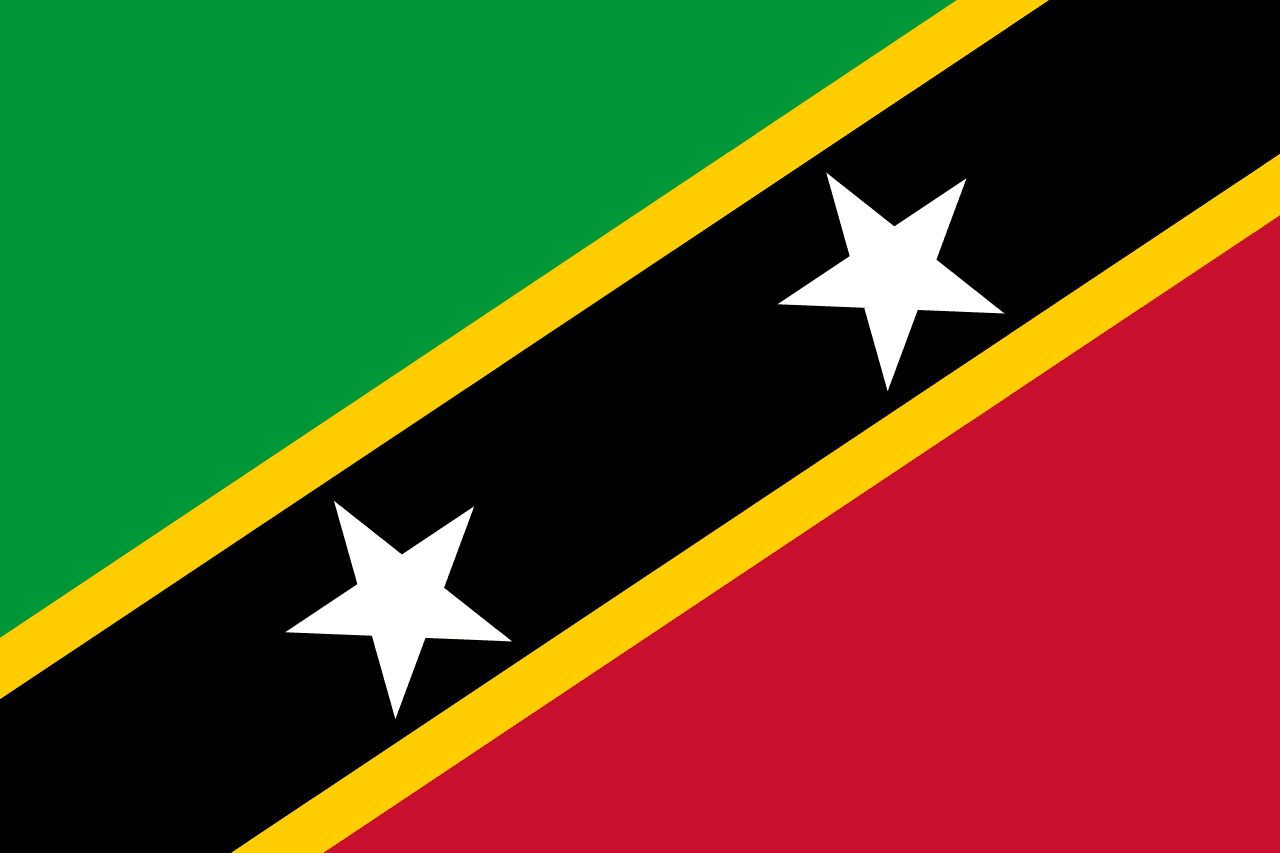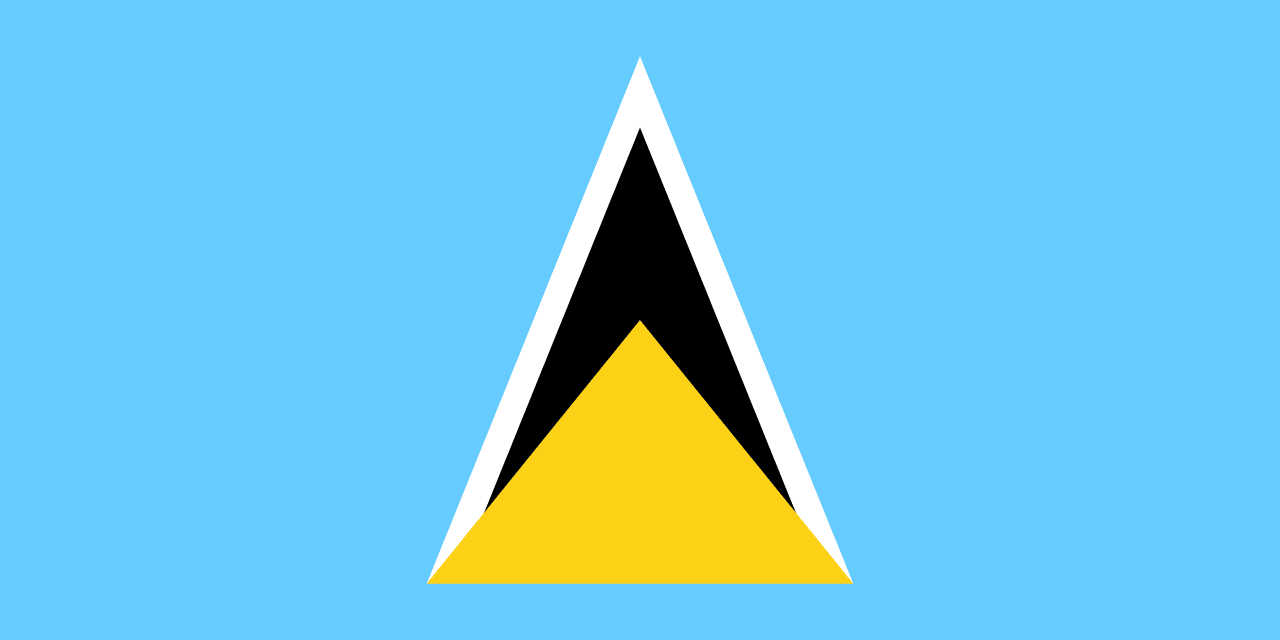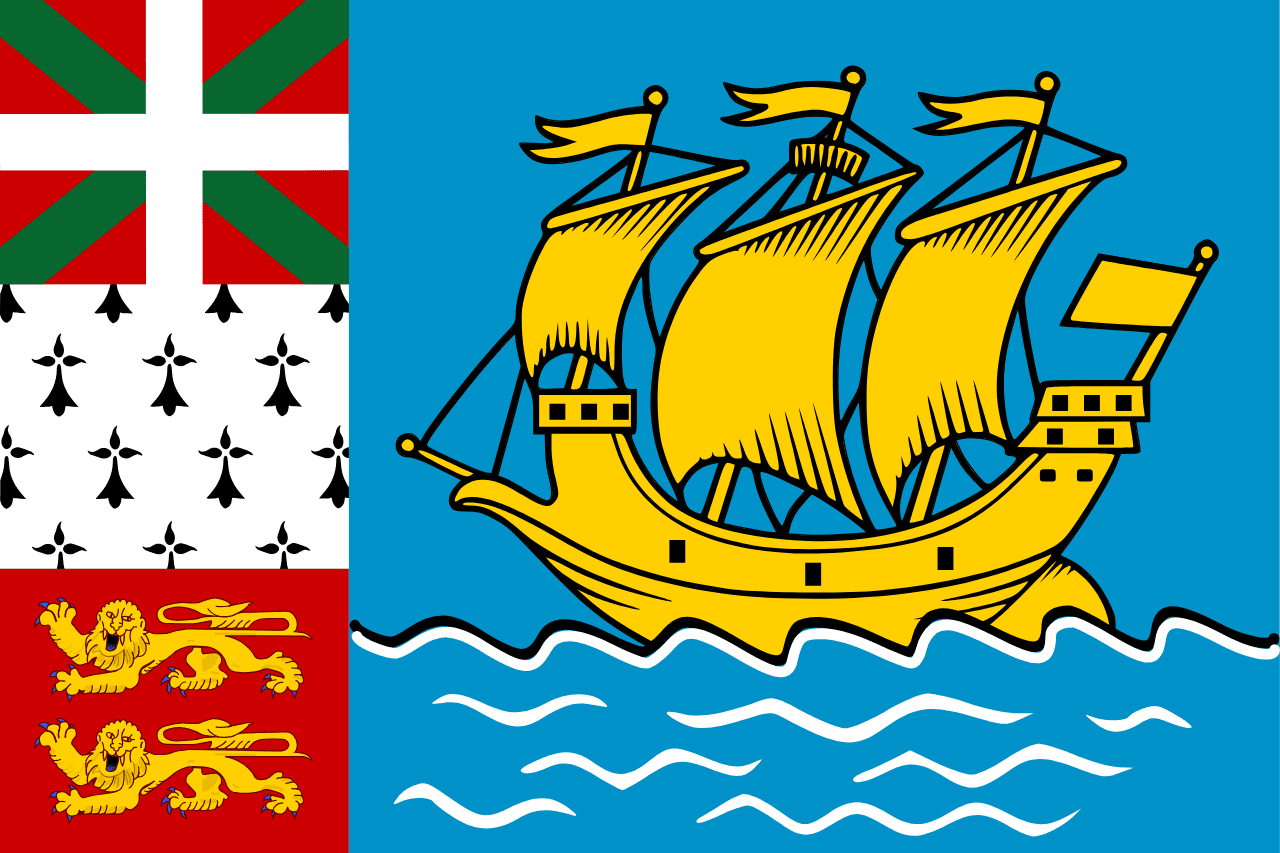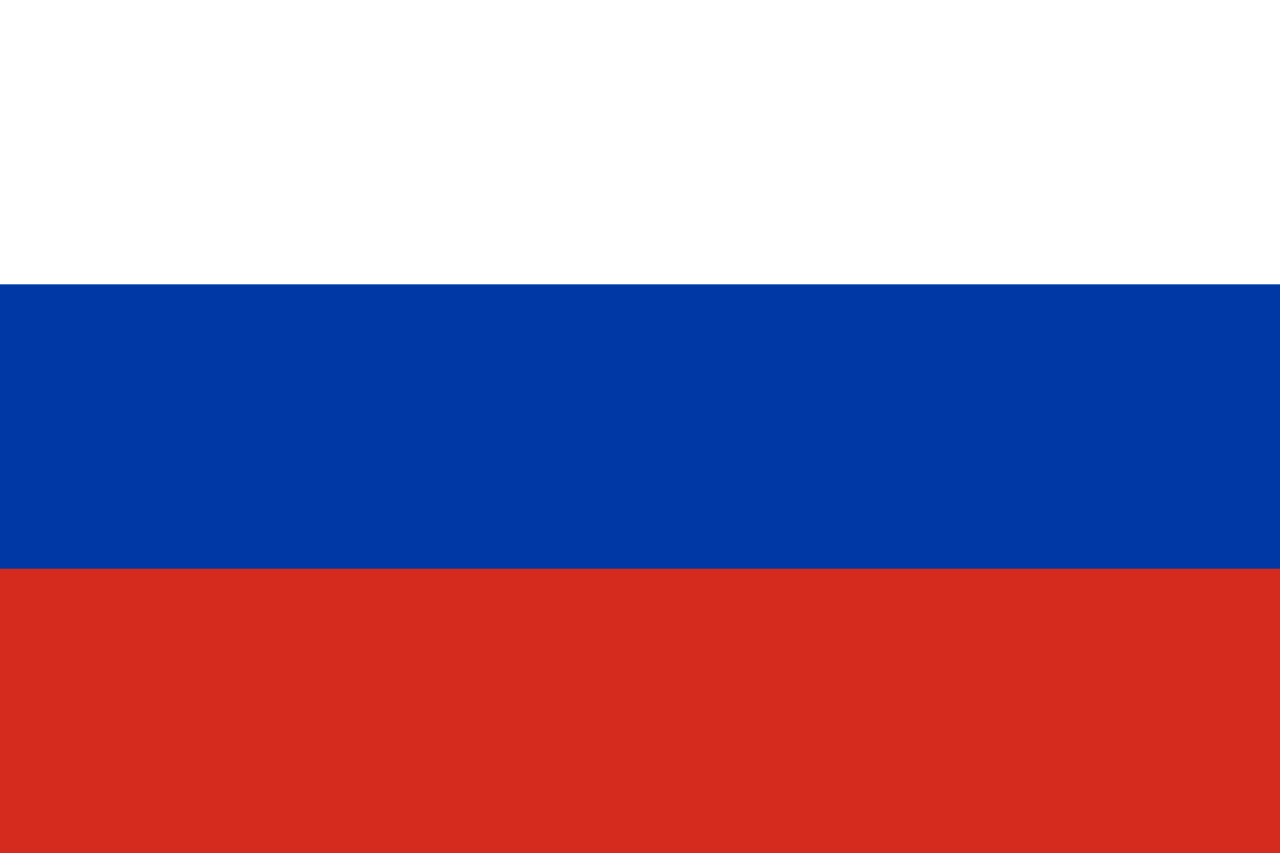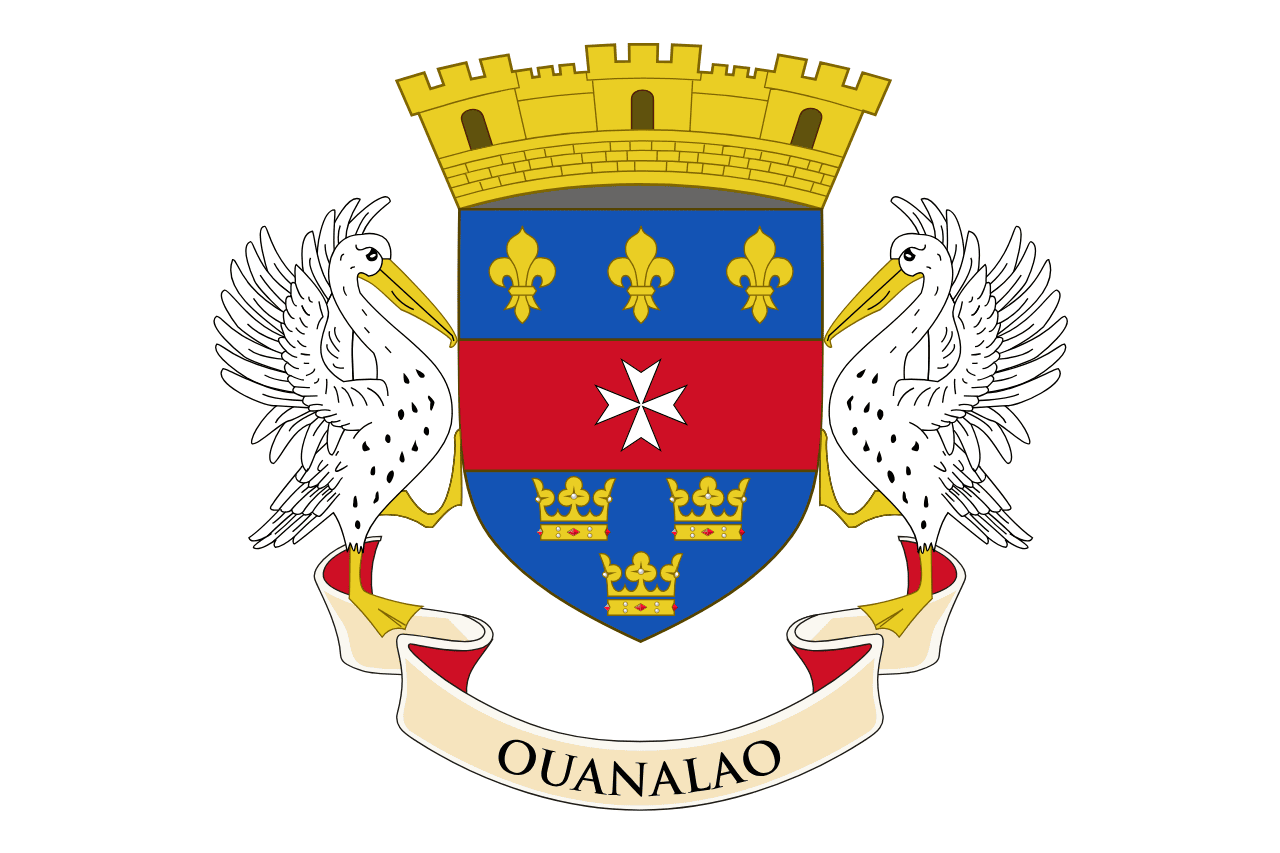The flag of Saint Helena consists of a blue field with the Union Jack in the upper hoist corner and the shield from the coat of arms of Saint Helena centered on the fly side. This design reflects Saint Helena's status as a British Overseas Territory and its unique identity as a remote island in the South Atlantic Ocean.
Saint Helena information
| National Flag Day | May 21st |
| Sovereign state | No |
| Official name | Saint Helena, Ascension and Tristan da Cunha |
| Capital | Jamestown |
| Population | 4,500 |
| Area | 308 km² |
| Currency | Saint Helena pound (SHP) |
| Language | English |
| Continent | Africa |
| Region | West Africa |
| Subregion | — |
| Borders | — |
| Timezone | Greenwich Mean Time (GMT) |
| Calling code | +290 |
| Top-level domain | .sh |
History of Saint Helena's Flag
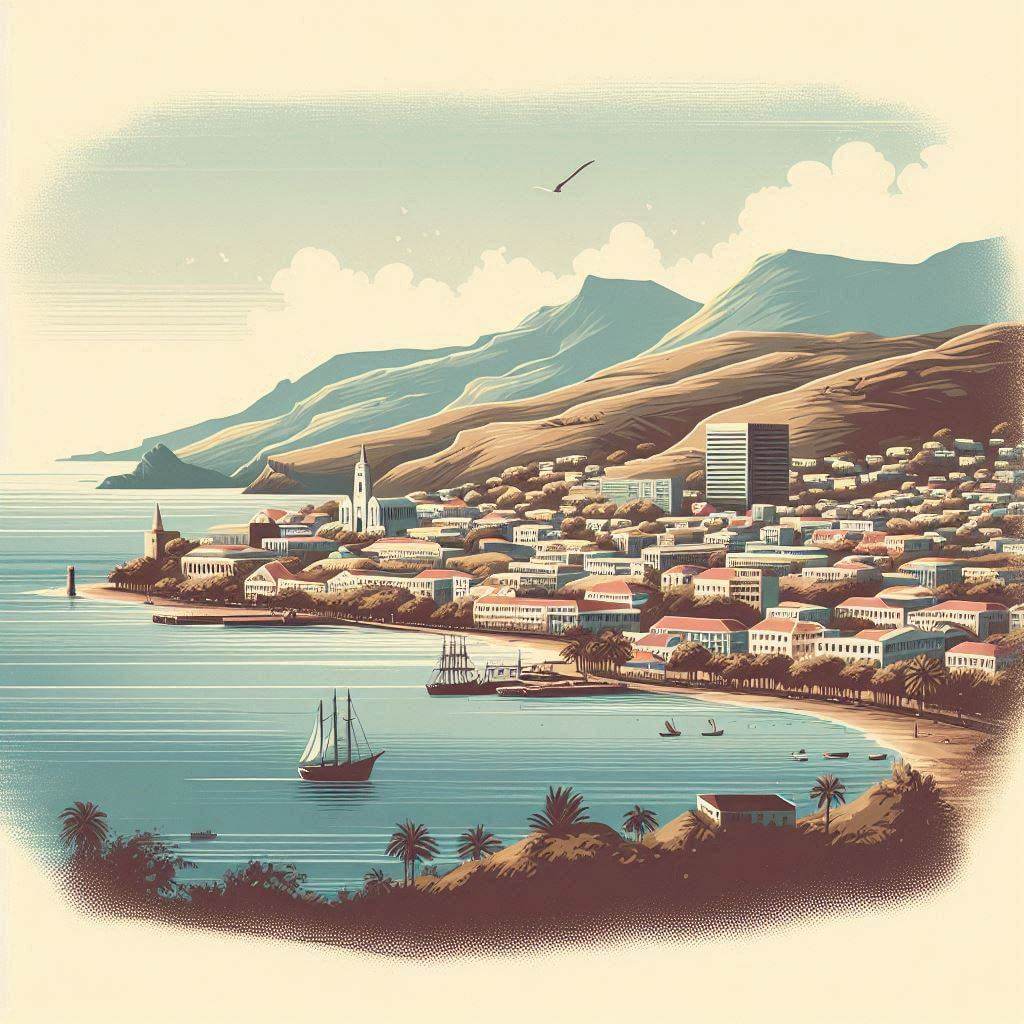 The current flag of Saint Helena was officially adopted on October 4, 1984. Prior to this, the island used the British Blue Ensign with the coat of arms, as did many other British territories. The adoption of the new flag coincided with a period of increased awareness of Saint Helena's distinct identity within the British overseas territories. The design maintains strong links to British heritage while incorporating elements unique to Saint Helena.
The current flag of Saint Helena was officially adopted on October 4, 1984. Prior to this, the island used the British Blue Ensign with the coat of arms, as did many other British territories. The adoption of the new flag coincided with a period of increased awareness of Saint Helena's distinct identity within the British overseas territories. The design maintains strong links to British heritage while incorporating elements unique to Saint Helena.
Symbolism and Design of Saint Helena's Flag
The flag's design is rich in symbolism, representing both Saint Helena's British ties and its unique characteristics:
- The blue field represents the surrounding South Atlantic Ocean, emphasizing Saint Helena's isolated location.
- The Union Jack in the upper left corner symbolizes Saint Helena's status as a British Overseas Territory and its historical ties to the United Kingdom.
- The shield from the coat of arms features a rocky coastline and a three-masted sailing ship, representing Saint Helena's rugged terrain and maritime heritage.
- The Saint Helena plover, locally known as the Wirebird, is depicted on the shield. This endemic bird species is a symbol of the island's unique biodiversity.
Usage and Significance of Saint Helena's Flag
 The flag of Saint Helena is used in various official capacities on the island. It flies over government buildings, is displayed during official ceremonies, and represents Saint Helena in international contexts. The flag plays a crucial role in fostering a sense of identity and unity among the island's small population of approximately 4,500 people. It is particularly prominent during Saint Helena Day celebrations on May 21st, commemorating the island's discovery in 1502.
The flag of Saint Helena is used in various official capacities on the island. It flies over government buildings, is displayed during official ceremonies, and represents Saint Helena in international contexts. The flag plays a crucial role in fostering a sense of identity and unity among the island's small population of approximately 4,500 people. It is particularly prominent during Saint Helena Day celebrations on May 21st, commemorating the island's discovery in 1502.
Interesting Facts About Saint Helena
- Saint Helena is one of the most remote inhabited islands in the world, located about 1,200 miles off the west coast of Africa.
- The island is famous as the place of Napoleon Bonaparte's exile from 1815 until his death in 1821. Longwood House, where he lived, is now a museum.
- Saint Helena has a unique ecosystem with many endemic plant and animal species, including the critically endangered Saint Helena Plover featured on the flag.
- The island only got its first airport in 2016, significantly improving its accessibility and potential for tourism development.
- Saint Helena, along with Ascension Island and Tristan da Cunha, forms a single British Overseas Territory, although each island has its own flag.
